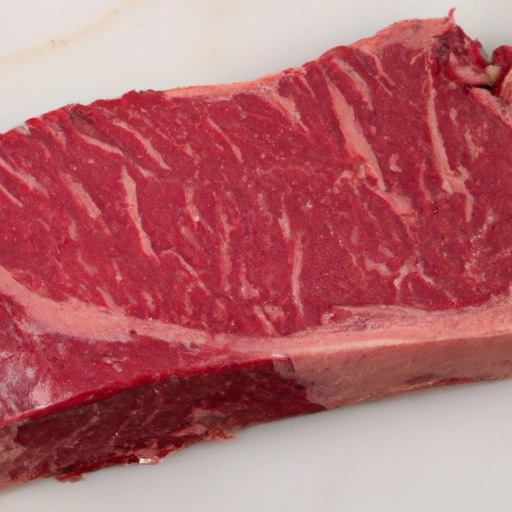Beef Flank
Description

Beef flank is a flavorful and lean cut of meat from the abdominal muscles of the cow. It is prized for its rich beefy flavor and versatility in the kitchen. Flank steak, as it is commonly called when portioned and cooked, is often used in a variety of dishes ranging from stir-fries to grilled recipes. Its texture is unique, with a noticeable grain that makes it ideal for marinating and cooking using high-heat methods.
The beef flank is typically sold in flat, long cuts that weigh approximately 1 to 2 pounds (450 to 900 grams) and is best cooked quickly over high heat to achieve a desirable balance of tenderness and flavor.
Common uses
Beef flank is commonly used for marinated dishes, grilled recipes, stir-fries, and as a primary ingredient in fajitas, London broil, and Asian-inspired meals. It is also often seen thinly sliced in salads and sandwiches, providing a hearty and flavorful protein component.
Nutritional value
Calories
Approximately 200 calories per 3-ounce (85g) serving.
Protein
Contains about 23 grams of protein per 3-ounce (85g) serving.
Fat
Beef flank is relatively lean, with around 7 grams of fat per 3-ounce (85g) serving.
Carbohydrates
Contains no carbohydrates unless prepared with marinades or sauces that include them.
Vitamins
Provides a source of B vitamins, especially niacin, vitamin B6, and vitamin B12.
Minerals
Rich in minerals like zinc, selenium, phosphorus, and iron.
Health benefits
Beef flank, when consumed in moderation, can be a healthy part of one's diet. It provides essential amino acids necessary for muscle building and repair. The B vitamins present in the meat help with energy production and the creation of red blood cells. Minerals like zinc and selenium are crucial for immune function and overall health.
Potential risks
As with any red meat, consuming beef flank in excess may contribute to an increased risk of heart disease, particularly due to the saturated fat content. It is recommended to balance red meat intake with plenty of vegetables and other sources of protein.
Common recipes
Beef flank is the star in dishes such as fajitas, Chinese broccoli beef, carne asada, and bistro-style flank steak with shallots. It's also an excellent cut for making beef jerky due to its lean nature.
Cooking methods
Popular cooking methods include grilling, broiling, sautéing, and stir-frying. Slow cooking is less common but can be used if the flank is marinated beforehand to maintain tenderness.
Pairing with other ingredients
Beef flank pairs well with bold spices and flavors such as garlic, chili, soy sauce, and rosemary. It also complements sides like roasted vegetables, rice, and crusty bread.
Summary
Beef flank is a versatile and flavorful cut of beef that can be used in a variety of culinary applications. With its rich history and nutritional benefits, it provides a tasty protein option for meals across different cuisines. However, it should be consumed in moderation due to its saturated fat content. When prepared properly, beef flank can deliver a delicious and satisfying dining experience.